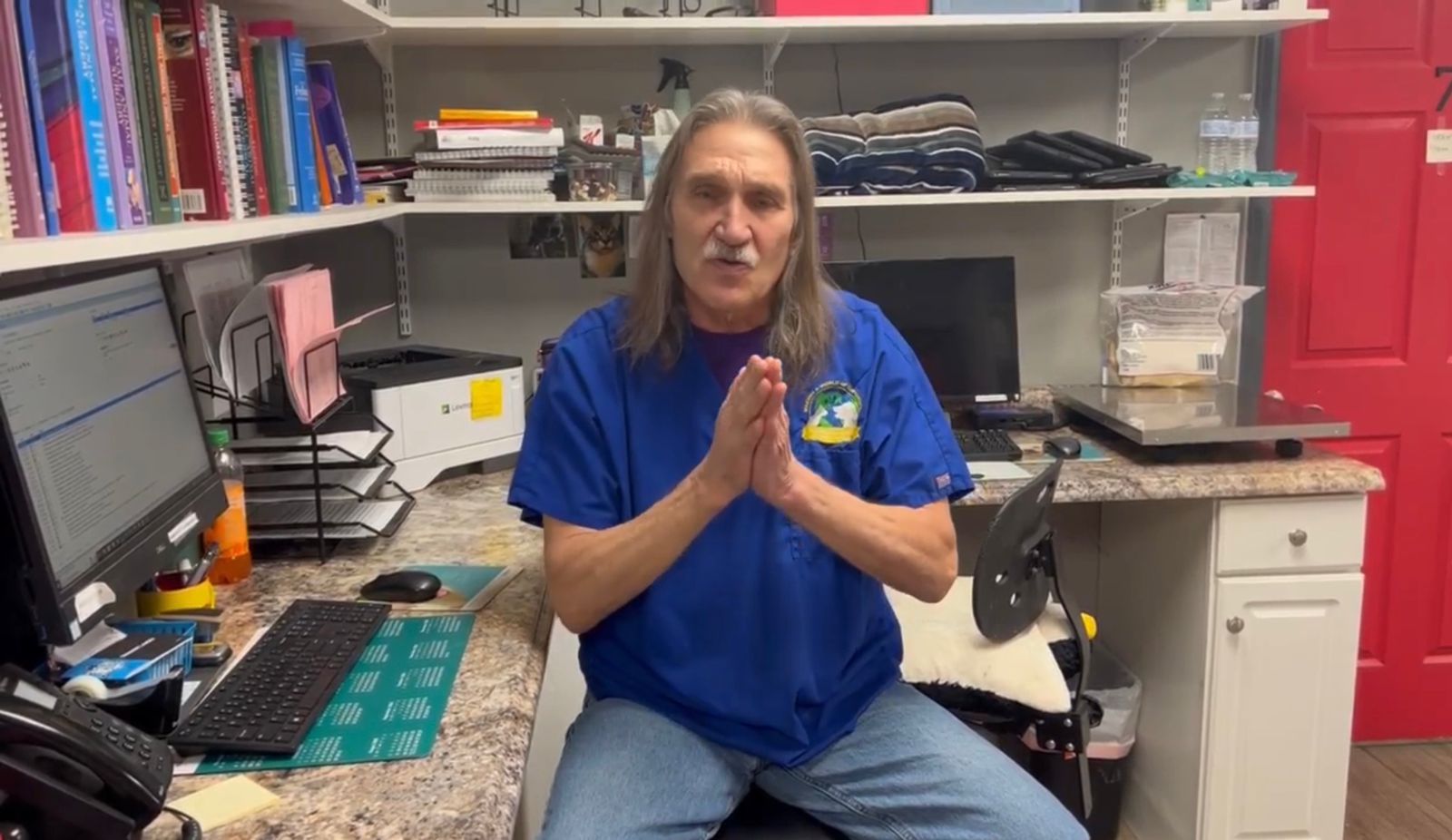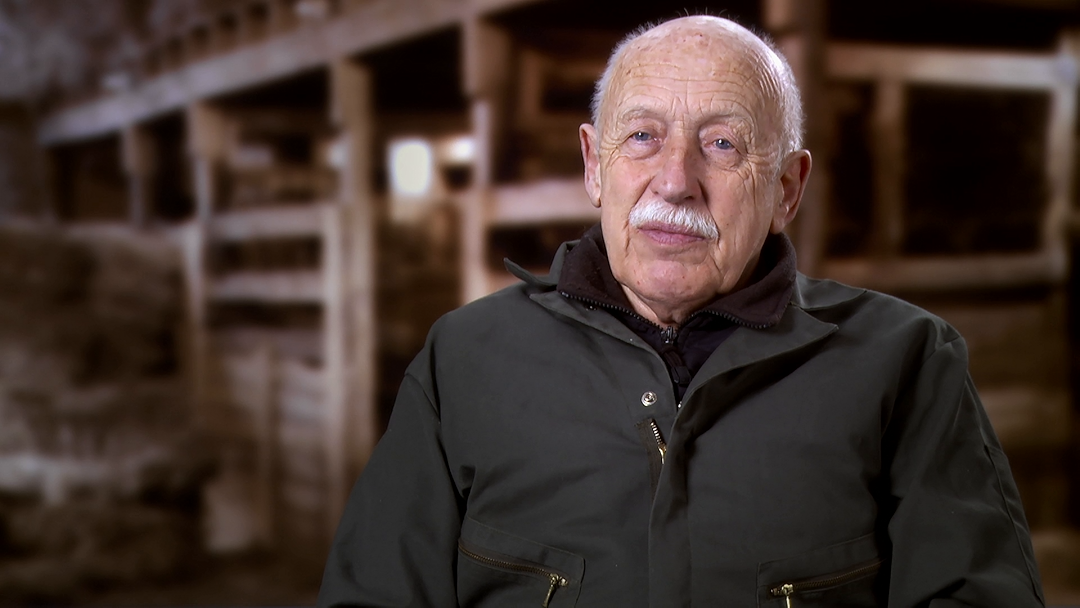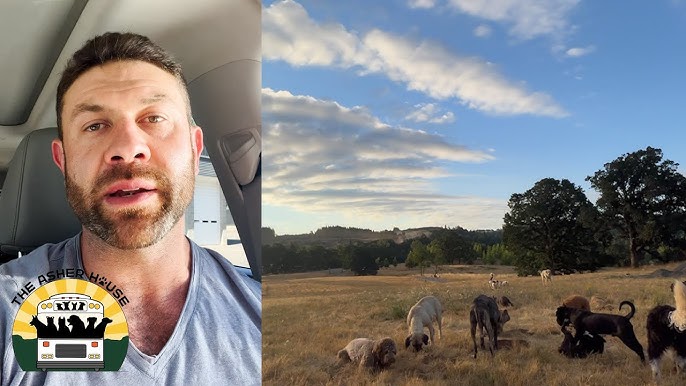The unwavering loyalty, playful antics, and unconditional affection of a dog enrich our lives in countless ways. As devoted pet parents, we gladly welcome them into our homes and hearts. However, this beautiful companionship often comes with a hairy truth: shedding. While a natural occurrence for our canine friends, the persistent presence of dog hair on our favorite clothes and embedded in our car upholstery can be a source of daily frustration. For owners of certain breeds, the sheer volume of hair can feel like a constant battle against a furry tide. This article aims to provide a comprehensive understanding of why dogs shed and, more importantly, offers effective, practical strategies to minimize shedding and tackle the inevitable hair that finds its way onto our clothes and into our vehicles. Whether you’re dealing with a light dusting or a veritable blizzard of fur, this guide will equip you with the knowledge and techniques to manage dog hair and maintain a cleaner, more comfortable environment. Let’s delve into the world of shedding and discover how to live harmoniously with our beloved, albeit furry, companions.
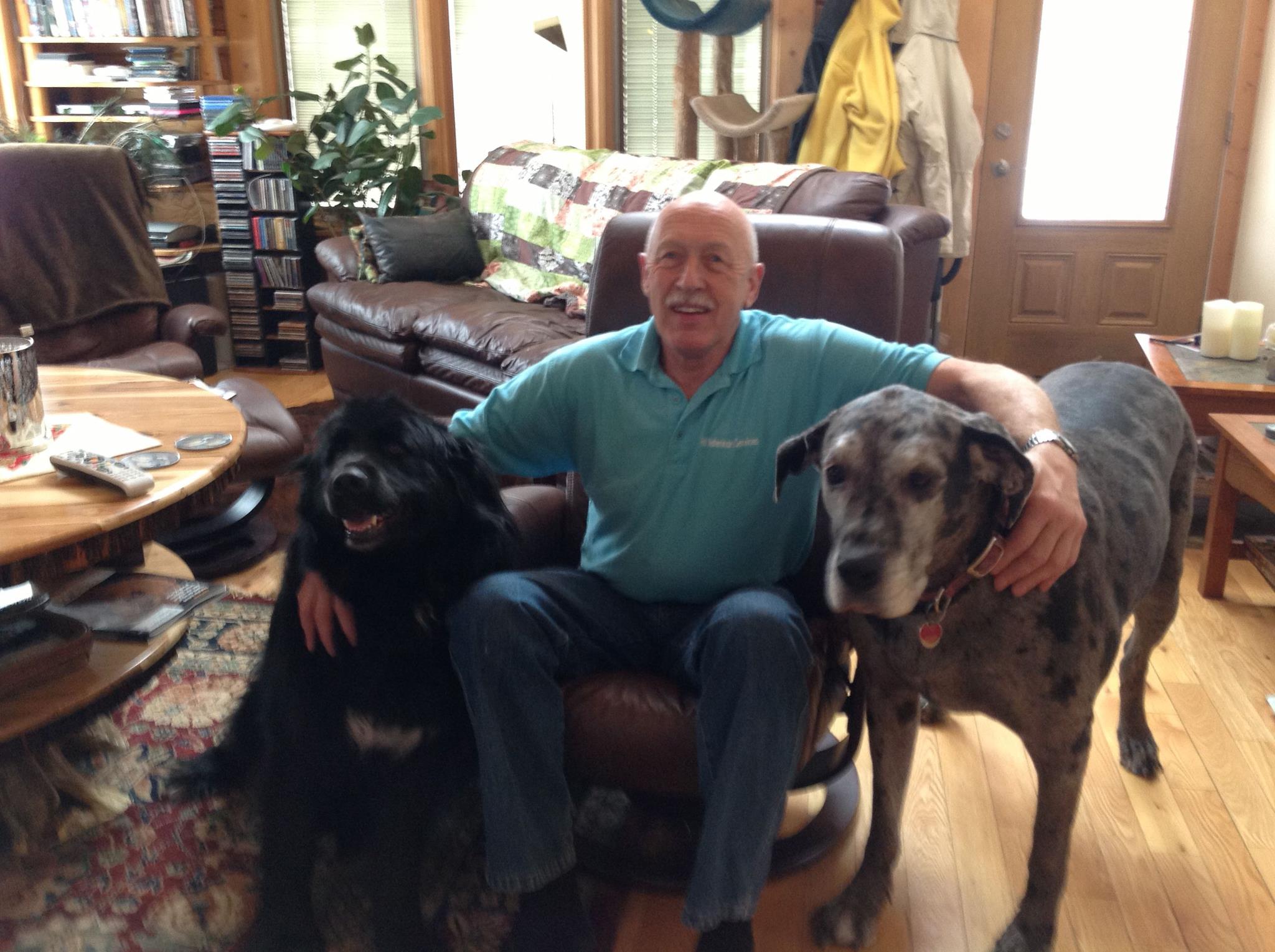
Why the Fluff? Understanding Dog Shedding
Shedding, also known as molting, is a normal and necessary physiological process that all dogs undergo. It serves several vital functions, including regulating body temperature, eliminating old or damaged hair, and promoting the growth of a new, healthier coat. This occurs as dogs lose dead or damaged fur to make space for new, healthy fur to grow. However, the amount and frequency of shedding can vary dramatically depending on a multitude of factors.
One of the primary determinants of shedding is a dog’s breed. Some breeds, particularly those with longer or silky coats, tend to shed more than those with short or coarse fur. Certain breeds with double coats, such as Golden Retrievers, often experience year-round shedding due to the density of their fur. In contrast, single-coated breeds like Dachshunds, Poodles, and Border Terriers may appear to shed very little. It’s important to recognize that while long-haired breeds might produce more noticeable hair, the quantity shed isn’t always greater than that of some short-haired breeds.
Seasonal changes also play a significant role in shedding patterns. Most dogs that shed seasonally will do so more heavily in the spring and fall as their coats adapt to temperature fluctuations. As the weather warms up in spring, dogs shed their heavier winter undercoats to make way for lighter summer coats, and the reverse occurs in the fall as they prepare for colder temperatures. Dogs with double coats typically have two major shedding periods during these transitional times. Outdoor dogs often follow a more pronounced seasonal shedding cycle, typically starting to shed their winter coat around March and finishing by June, then shedding their summer coat from September to November.
A dog’s health condition is another critical factor influencing shedding. Excessive shedding or a noticeable change in the coat’s appearance (such as becoming dull, dry, or brittle) can be indicative of an underlying medical issue that warrants veterinary attention. Various health problems can lead to increased hair loss, including parasite infestations like fleas, ticks, and mites , allergies to food or environmental triggers , hormonal imbalances, infections, and even more serious conditions.
Diet has a profound impact on a dog’s coat health and shedding. An imbalanced or poor-quality diet that lacks essential nutrients, particularly fats and proteins including omega-3 fatty acids, can result in increased shedding and a lackluster coat. In fact, a poor diet is often cited as a primary reason for excessive shedding in dogs. Even dehydration can contribute to this issue.
Stress can also trigger increased shedding in dogs. Changes in routine, the introduction of a new family member, or stressful events like visits to the veterinarian can all contribute to temporary increases in hair loss.
The age of a dog can also affect shedding. While puppies typically begin to shed their soft puppy coat around four to six months of age , senior dogs may experience increased shedding as their skin and coat naturally weaken over time.
Finally, the environment in which a dog lives can influence their shedding patterns. Indoor dogs, exposed to consistent artificial heating and cooling, may shed more evenly throughout the year compared to outdoor dogs who experience more distinct seasonal changes in coat thickness. Even the amount of daylight a dog is exposed to can play a role in their shedding cycle.
Understanding these various factors is the first step in effectively managing dog hair in our lives. Recognizing that shedding is a complex process influenced by multiple elements allows us to adopt a more informed and strategic approach to minimizing its impact.
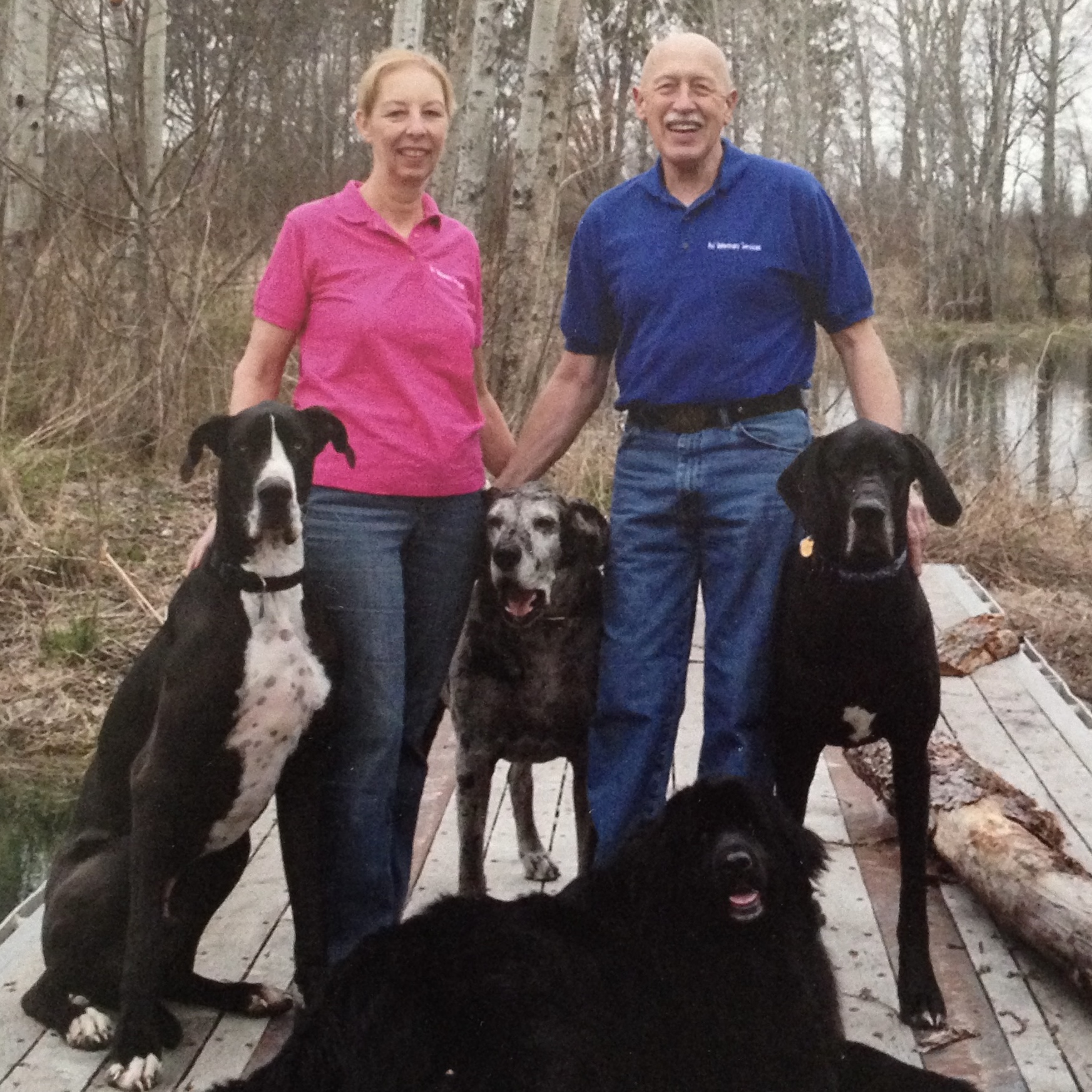
Shed Less, Love More: Strategies to Minimize Dog Hair
While shedding is an inherent part of dog ownership, there are numerous effective strategies that pet owners can employ to minimize the amount of hair that ends up on their clothes and in their cars. A proactive approach, focusing on both the dog’s well-being and consistent routines, can make a significant difference.
Grooming is Key
Regular grooming is arguably the most impactful way to control dog shedding.
Regular Brushing: Consistent brushing helps to loosen and remove dead hair from your dog’s coat before it has a chance to fall out onto your belongings. Aim to brush your dog several times a week, ideally for 5 to 10 minutes each session.During periods of heavy shedding, daily brushing may be necessary.
Choosing the Right Brush: The type of brush you use should be tailored to your dog’s specific coat type. For short-haired dogs, a bristle brush, a rubber curry comb, or a grooming mitt can effectively remove loose fur and dirt. Rubber brushes, like the popular Kong ZoomGroom, are also excellent for massaging the skin and attracting loose hair in short-coated breeds. Long-haired dogs benefit from slicker brushes, pin brushes, and long-bristle brushes that can reach through their longer fur. For dogs with double coats, using an undercoat rake a few times a week is crucial for removing the dense underlayer that contributes significantly to shedding. Slicker brushes and bristle brushes can then be used to address the outer coat. For curly-haired dogs, wire-pin brushes and soft slicker brushes are often recommended to help detangle and remove loose hair without disrupting their curl pattern.
Bathing Regularly: Bathing your dog helps to loosen and remove dead hair that might otherwise end up on your furniture and clothing. A general guideline is to bathe your dog every 4 to 6 weeks, but this can be adjusted based on their breed, activity level, and coat condition. When bathing, use a shampoo specifically formulated for dogs, and consider using a de-shedding shampoo and conditioner, which often contain ingredients like moisturizers and omega-3 fatty acids to hydrate the skin and further release dead hair. Remember to brush your dog after each bath, as this can help remove even more loose hair.
Professional Grooming: Regular visits to a professional groomer can be incredibly beneficial, particularly during peak shedding seasons. Groomers possess specialized tools and expertise in techniques like de-shedding treatments, which can significantly reduce the amount of hair your dog leaves behind.
Nutrition Matters
A healthy coat starts from the inside out, and your dog’s diet plays a crucial role in the health and shedding of their fur.
Balanced Diet: Ensure you are feeding your dog a high-quality, balanced dog food that meets their specific nutritional requirements. A poor diet is a significant contributor to excessive shedding. Look for dog foods that list real meat as a primary ingredient and avoid those with excessive fillers.
Omega-3 and Omega-6 Fatty Acids: These essential fatty acids are vital for maintaining healthy skin and a glossy coat, reducing inflammation, and ultimately minimizing shedding. Good sources of these beneficial fats include fish oil and flaxseed oil. Maintaining a proper balance between omega-6 and omega-3 fatty acids is also important.
Protein: Since hair is primarily composed of protein, ensuring your dog’s diet is rich in high-quality protein is essential for a healthy coat and can help reduce shedding.
Other Essential Nutrients: Various vitamins and minerals also contribute to coat health. Biotin, for example, is known to support healthy skin and coat , as are Vitamin E and Vitamin A. Minerals like Zinc and Copper also play vital roles in maintaining a healthy coat.
Supplements: While a balanced diet should provide most necessary nutrients, supplements like omega-3 fatty acids and biotin can be beneficial for some dogs. However, it is always best to consult with your veterinarian before introducing any new supplements to your dog’s diet.
Healthy Dog, Less Shed
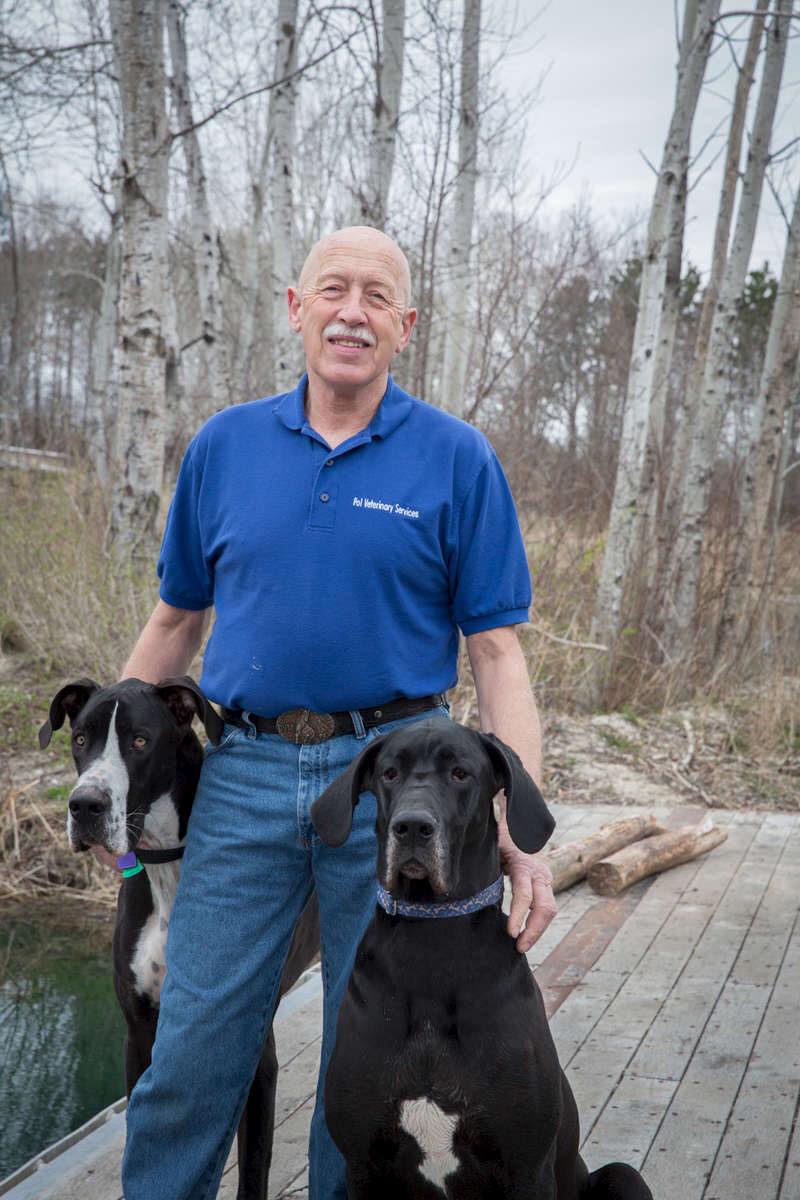
A dog’s overall health and well-being significantly impact their shedding.
Managing Allergies: Both food and environmental allergies can manifest as skin irritation, leading to excessive scratching and subsequent hair loss. Consulting with your veterinarian is crucial for diagnosing the specific allergens and developing a management plan, which may include elimination diets for food allergies and strategies to reduce exposure to environmental allergens.
Parasite Control: External parasites such as fleas, ticks, and mites can cause intense itching and irritation, leading to excessive scratching and hair loss. Maintaining a consistent regimen of flea and tick preventatives is essential for preventing infestations and the associated shedding.
Reducing Stress: Stress and anxiety can also contribute to increased shedding in dogs. Providing a stable and predictable daily routine, ensuring adequate exercise and mental stimulation, and creating a calm and secure environment can help reduce stress levels and, consequently, shedding.
Regular Veterinary Check-ups: Routine visits to your veterinarian are vital for maintaining your dog’s overall health and can help identify and address any underlying medical conditions that might be causing excessive shedding.
By implementing these strategies, dog owners can significantly reduce the amount of hair their furry companions shed, leading to a cleaner home and a more enjoyable living environment for everyone.
Hair-Free Threads: Removing Dog Hair from Clothes – Multiple Methods
Despite our best efforts to minimize shedding, dog hair inevitably finds its way onto our clothes. Fortunately, there are numerous effective methods to remove this unwanted fur, ranging from quick fixes to more thorough cleaning techniques.
Dry Techniques
These methods are ideal for removing loose dog hair from clothing before washing or for quick touch-ups.
Using Lint Rollers: A classic and convenient tool, lint rollers with adhesive sheets are effective for picking up loose pet hair from clothing. Simply roll the sticky surface over the affected areas. For a more sustainable option, consider reusable lint rollers made of silicone that can be washed and reused. Keeping a lint roller by the door can be a great habit for a quick de-furring before leaving the house.
The Magic of Rubber Gloves: Damp or dry rubber gloves can work wonders for removing pet hair from clothes. Put on a pair of clean rubber gloves and run your hands over the fabric. The friction and static electricity will cause the hair to lift and cling to the gloves or gather into clumps that can be easily picked off. Sweeping your hands in one direction tends to be most effective.
Specialized Pet Hair Removal Brushes for Clothing: Various brushes are specifically designed to attract and remove pet hair from fabrics. These often feature microfiber or velvet-like pads that effectively grab onto loose hair. When using these brushes, it’s important to brush in the direction indicated by the brush’s design for optimal hair removal.
Reusable Lint Removers: For an eco-friendlier approach, consider investing in reusable pet hair removers. Silicone tools like the FurZapper can be used on clothing to gently lift hair. Another popular option is the ChomChom Roller, which uses a rolling mechanism to collect hair in a compartment that can be emptied. These reusable options eliminate the need for disposable adhesive sheets.
Laundry Solutions
For clothes heavily covered in dog hair, incorporating specific techniques during the washing and drying process can be highly effective.
Tips for Washing Clothes with Dog Hair: Before loading your clothes into the washing machine, give them a good shake to dislodge any loose hair. A helpful trick is to pre-dry your clothes in the dryer on a no-heat or low-heat setting for 10 to 20 minutes before washing. This process helps to loosen the pet hair, which will then be caught by the dryer’s lint screen. It’s generally best to wash clothes covered in pet hair separately from other items. Adding about half a cup of white vinegar to the fabric softener compartment or directly into the rinse cycle can also help to relax the fabric fibers and release trapped hair. Avoid overloading your washing machine, as this can prevent the clothes from agitating properly and releasing the hair. For particularly stubborn pet hair, consider using a sanitize cycle on your washing machine if the fabric allows.
The Role of Dryer Sheets and Dryer Balls: Dryer sheets play a significant role in reducing static cling in your laundry, which in turn helps prevent pet hair from sticking to clothes. As the clothes tumble in the dryer, the reduced static allows the loose hair to be more easily captured by the lint trap. Dryer balls, made of wool or silicone, offer a reusable alternative to dryer sheets. These balls help to agitate the clothes, further loosening hair and improving air circulation for faster drying. Regularly cleaning your dryer’s lint screen after each cycle is crucial for maintaining its effectiveness in trapping pet hair.
In-Wash Hair Catchers: Several products are available that can be added directly to your washing machine to help catch pet hair during the wash cycle. These include items like FurZappers, which are silicone discs designed to attract and trap hair , and specialized lint balls with textured surfaces that grab onto loose fur. For these products to work effectively, avoid overfilling your washing machine and refrain from using fabric softeners, as they can reduce the effectiveness of these hair catchers.
By utilizing a combination of these dry and laundry techniques, you can significantly reduce the amount of dog hair clinging to your clothes, keeping your wardrobe looking much cleaner.
Sparkling Clean Rides: Removing Dog Hair from Your Car – Step-by-Step
For many dog owners, their vehicles become another prime location for accumulating pet hair. Removing dog hair from car upholstery and carpets can be a more challenging task due to the embedded nature of the fur. However, with the right approach and tools, it is certainly achievable.
Initial Vacuuming and Preparation
Begin by removing any loose items, such as toys or blankets, from your car. Then, perform a thorough vacuuming of the entire interior, paying close attention to the seats, carpets, floor mats, and any crevices where hair tends to accumulate. If your home vacuum struggles with the task, consider using the more powerful vacuums available at most car washes.Using upholstery-specific attachments, such as brushes and crevice tools, will help to target tight spaces and lift stubborn hair.
Effective Removal Techniques
After the initial vacuuming, employ these techniques to tackle the remaining dog hair:
Utilizing Rubber Gloves: Just as with clothing, slightly dampen a pair of rubber gloves and wipe them over the car’s upholstery and carpets. The rubber’s texture creates friction and static, causing the hair to gather into clumps that can then be easily picked up or vacuumed away. Remember to sweep your gloved hands in one direction for the best results.
The Power of Lint Rollers: Keep a lint roller in your car for quick touch-ups and to pick up any remaining loose hair after vacuuming. They are particularly useful for smaller areas and for removing surface-level hair.
Specialized Car Pet Hair Removal Tools:
A variety of tools are specifically designed for removing pet hair from car interiors. Rubber brushes with thick bristles are excellent for loosening embedded hair from upholstery and carpets.Rubber squeegees can be used to gather hair into piles for easier removal. Pet hair removal stones, often made of pumice, can help to scrub away stubborn, deeply embedded hair from carpets, but use them cautiously on delicate fabrics as they can be abrasive. Tools like the Lilly Brush feature a specially designed blade that effectively lifts and gathers pet hair from various surfaces.
Duct Tape and Other Sticky Solutions: For a budget-friendly option, try wrapping duct tape or packing tape around your hand with the sticky side facing out. Press your hand firmly onto the hair-covered surfaces and then lift it up to collect the fur. Replace the tape as it loses its stickiness.
Fabric Softener and Water Spray: Mix a few teaspoons of fabric softener with water in a spray bottle. Lightly mist this solution onto your car’s upholstery and carpets, then wipe with a paper towel. The fabric softener helps to loosen the hair, making it easier to vacuum away.
Cleaning Different Car Surfaces
Upholstery: For fabric car seats, use a combination of the techniques mentioned above. Start with vacuuming, followed by wiping with damp rubber gloves or using a specialized pet hair brush. For any remaining stubborn hair, try a lint roller, the fabric softener spray, or even duct tape.
Carpets and Floor Mats: Car carpets are notorious for trapping dog hair. After vacuuming, use a rubber brush, a squeegee, or a pet hair removal stone to vigorously scrub the carpet fibers and loosen embedded hair. Remove floor mats for easier access and more thorough cleaning.
Hard Surfaces: Dog hair on hard surfaces like the dashboard, door panels, and center console is generally easier to remove. Simply wipe these areas down with cleaning wipes designed for car interiors.
Preventing Future Fur Buildup in Your Car
Once you’ve achieved a hair-free car, taking preventative measures can significantly reduce future cleaning efforts.Investing in pet-specific seat covers and cargo liners made from durable, easy-to-clean materials like rubber or synthetic fabric can act as a barrier, protecting your car’s upholstery and making hair removal much simpler. If possible, train your dog to stay in one designated area of the car, such as the backseat or the cargo area, which can help contain the hair. Using a pet crate or restraint can also be a safe and effective way to limit the spread of fur. Make it a habit to thoroughly brush your dog before each car ride to remove loose hair before it even enters your vehicle. Consider using rubberized floor mats instead of carpeted ones, as they are much easier to wipe clean. Finally, some pet owners find that using an anti-static spray on their car’s upholstery can help to prevent dog hair from clinging to the fabric.
Conclusion: Embracing a Hair-Managed Life with Your Canine Companion
While the presence of dog hair on our clothes and in our cars can sometimes feel like an inescapable aspect of pet ownership, it is indeed a manageable challenge. By understanding the reasons behind shedding and implementing a combination of preventative grooming practices and effective cleaning techniques, dog owners can significantly reduce the amount of hair they encounter. Experimenting with the various methods discussed for both clothing and car interiors will allow you to discover the solutions that best fit your lifestyle, your dog’s specific shedding habits, and your personal preferences. Ultimately, the joy and unconditional love that our canine companions bring into our lives far outweigh the effort required to manage their shedding. With a little consistent effort and the right tools, a hair-managed life alongside your beloved dog is absolutely achievable, allowing you to focus on the countless joys of your furry friendship.


